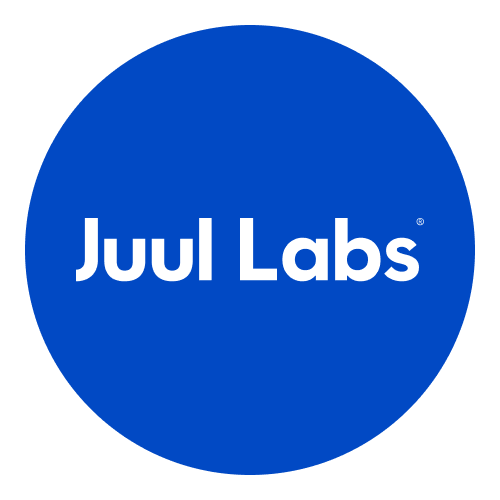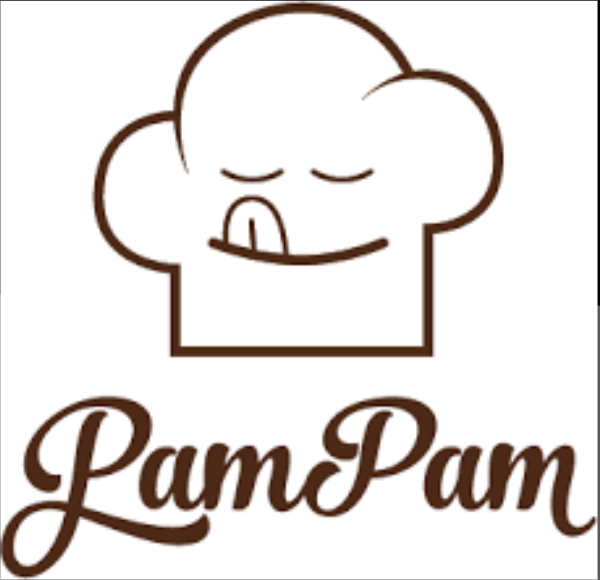Packaging is the silent ambassador of most food experiences. It's quite literally the point of first contact between consumers and their favorite (or soon-to-be favorite) bites, setting the stage for anticipation and delight. In this article, we delve into the various facets of food packaging design, uncovering how it can tantalize taste buds AND evoke emotions when done right.
GourmetPro expert and Co-Founder/Creative Director at Grand Effect Branding Agency, Garrett Owen, gives us a glimpse into the world of packaging design and shares his insights into how it can help elevate the entire culinary experience for consumers in the US.
Why is food packaging design important?
According to Garrett, the job of packaging design is to make your product stand out from the competition. It’s the product’s first physical touchpoint with a consumer. Consequently, it has to instantly make clear your product's brand, what benefit makes your product unique, and what enticing visual is going to make the consumer pick up the package and interact with it.
Capturing customers' attention
Packaging is more than just a protective shell for food and drink; it's a canvas for creativity, a storyteller, and a guardian of freshness. It’s where aesthetics and functionality converge to not just nourish our bodies, but our senses too. With so many players vying for the consumer’s attention, having an eye-catching design can literally make all the difference. This can result in greater curiosity, brand awareness, purchase intent, and a long-term emotional connection to the brand.
If your packaging and design are not given much thought, what is the consumer supposed to think about the care and thought that you put into your product, asks Garrett. The quality of your branding and packaging must align with the quality (and price-point) of your product.
“Take the craft beer category, for example. Only 10-15% of the branding and packaging is really high quality. It looks great and stands out because they hired branding and design experts to create a package that aligns with their story, vibe, and attitude.
The other 85% looks like it was designed by the brewer, or their buddy that “knows Photoshop”. It looks as if they’ve just thrown a label together because brewing beer is just a hobby to them. It seriously hurts their growth potential and lowers the quality promise they are making to potential customers. If you are a serious brewery with a legitimate scalable operation, then you shouldn’t look like you’re brewing out of your garage.
Craft beer is an industry that needs to take packaging design as seriously as it takes its beer. It’s a saturated market and the branding and packaging is the key to getting consumers to buy one 6-pack and then keep coming back for more.”
– Garrett Owen

Connect with our experts in the US to help you enter the US food and beverage market.
Setting the brand apart
Not only does an appealing pack design capture consumer attention, it helps set the product and brand apart from the competition. In a crowded marketplace, this heightened visibility is likely to drive interest and sales of the product. If you can entice a consumer to interact with your package, and turn it, rotate it, and inspect the information, they are much more likely to drop it in their basket.
Conveying essential product data
Packaging design isn’t about aesthetics alone. It also needs to provide consumers with the data they need to make informed buying decisions.
Even if the product isn't bringing anything new to the market, the brand needs to find SOMETHING that they can highlight that provides a measurable difference among the competition. Own the detail and use it to create a beneficial difference that assures the consumer they are making the right choice.
The packaging design needs to convey to the consumer how the product fits into their lives and needs. This includes information on ingredients used, nutrition, instructions on use, benefits, and so on.
Ensuring product protection
The functional role of packaging is to protect the contents within. It is meant to keep food and drink from spoiling or being contaminated from the time it is packed till even after it has reached the consumer. This means that the packaging needs to be sturdy and high-quality to withstand the rigors of handling, storage, and shipping.
From a brand promise standpoint, this is vital in building trust with the consumer by aligning the quality of the aesthetics of the design with the taste of the product. Strategic branding and packaging design, when executed well, can only get the consumer to make the first purchase. After that, it’s up to the product to deliver the level of quality that the design communicated.
Embodying brand ethos and character
Effective packaging design should also reflect the ethos of the business. It becomes a part of the brand’s identity, while also highlighting the underlying brand values. The design also helps establish the personality of the brand. These factors help the brand connect emotionally with consumers for whom these values are an important part of the purchasing decision.
The 7-step food packaging design journey
The packaged food and drink industry is incredibly crowded, and companies need to leverage every advantage they have to stand out. Packaging design is an effective way to do so for both established brands as well as new ones.
1. Crafting a distinct brand identity
A brand identity is a vital part of crafting a strategy to sell your products. At its core, it is about communicating the differentiating values of your brand quickly and efficiently to consumers. When it comes to packaging design, your brand identity plays a role in not just helping your product stand out, but also in highlighting what it stands for. Without an identity, the package will be shallow, trendy decoration without substance.
So even before thinking about the packaging design, it’s important to nail down what your brand is all about and how your story makes you different. This process involves quite a bit of legwork, including:
- Understanding the business and the market
- Defining your objectives for the brand
- Identifying your ideal customers and their requirements
- Crafting a distinct personality for the product that resonates with consumers
These steps can help to build brand recognition and recall.
2. Infusing architectural elements
We know that packaging’s technical goal is functional – to keep food safe. But packaging also needs to be designed so as to be able to sit comfortably on shelves and look good doing so!
Since your product is competing with comparable products, incorporating the architectural tenets of durability, utility, and beauty into the design can set your product apart. Also consider how these elements work individually and together to create a final product that makes a mark.
Lastly, great consideration and research should take place when designing the form the packaging takes. This is because from a distance, the actual shape of the bag, box, or vessel can entice a consumer to engage with the product.

3. Harmonizing package with product essence (form follows function)
Another aspect of packaging functionality is to keep the contents intact. This means the food needs to stay in the intended shape till consumption, and the requirements for packaging will change based on the product. Brands will need to consider factors such as the shape of the product, its perishability, and the type of packaging material.
“Packaging will be different depending on the category.
For example, bottle shape is a distinctive element of the spirits category. If you think about your favorite spirit, you can usually clearly visualize their unique bottle shape. Whereas in the case of wine, it’s not really a point of differentiation, most wine bottles share a similar form.”
– Garrett Owen
4. Designing impactful packaging solutions
In the realm of food packaging design, a few key factors steer the course of your design solutions:
- Competition
- Brand identity
- Differentiating benefits
If you're surrounded by simplicity on the shelf, it's often a great idea to infuse your packaging with energy and dynamic design elements. This striking contrast can make your product leap out at consumers and seize their attention. At the same time, avoid overwhelming consumers or causing confusion; instead, communicate your message with clarity.
“In the snack and chip category for example, redesigned brands that use bold simplicity are standing out right now because in the past, the design trend was based on energy and dramatic, visual noise. They’re designing their packaging to feel minimal, premium, graphic, and bold to stand out from the chaos.”
– Garrett Owen
Your packaging is also an ambassador of your brand. So your design must harmonize with your brand's identity, values, and messaging. This fosters instant recognition and trust among consumers, even from a distance.
Also remember that when dealing with a diverse range of product sizes, flavors, or variations, a systematic approach to packaging design is important. This means crafting a design system with flexible elements that can seamlessly adapt to various product flavors without disrupting the overall packaging identity. The goal is to create a sense of unity and coherence across all SKUs, making them feel like part of one harmonious brand family.
5. Material choices and sustainable options
Another important consideration for packaging design is choice of packaging material. There are a number of factors to be kept in mind while selecting the material best suited for your product.
- Durability to keep food safe and protect its integrity
- Robustness to withstand the rigors of transportation
- Size to offer optimal fit for mandatory product information and on shelves
- Shelf life of the product
- Cost
Don’t forget to consider availability when choosing a material as well. Make sure that the material is readily available, especially if it’s needed in bulk regularly. However, this point may not be that important if the product is small batch or limited edition.
Packaging material can also communicate information on premiumness or positioning of the product.
As consumers become more concerned about their impact on the environment, we are also seeing shifts in packaging that reflect this. There is a growing demand for eco-friendly packaging that is reusable, recyclable, or compostable. There are also a number of innovative sustainable packaging solutions that use biodegradable materials, such as seaweed, mushrooms, and various other plant fibers.
The environmental aspect of your packaging can also be used in marketing efforts as callouts on the primary display panel as a point of differentiation from the competition.
6. Innovating with limited edition designs
Maintaining consistent brand identity and recall are important aspects of packaging design. However, there is room for the occasional creative spirit. Limited edition packs can go a long way in terms of creating a buzz for the brand and offering consumers something memorable to connect with the brand. Limited edition packaging positions the products as exclusive and desirable, encouraging greater purchasing during the holiday season or special occasions.
This is also a viable marketing effort even if the product does not change, but the packaging does. This simple shift in a temporary packaging design almost always spurs a temporary increase in sales. Plus, they can become a collector’s item for loyal brand followers.
7. Experienced expertise in packaging design
Hiring the right creative partner to create your branding and packaging design isn't as easy as you'd think.
- Make sure that the design resource you choose is an expert in packaging design specifically, and not just in graphic design.
- They should always have several examples of past work that showcases their expertise. They should also be able to strategically talk about past work and the design decisions they made that resulted in a successful package.
- Experienced designers also know the right buttons to push to grab attention on shelf, while also ensuring that essential information is displayed to encourage the purchase.
Making it pretty is easy, but making it pretty and hardworking on the shelf is a balance that not every designer has.
Delving deeper: advanced strategies for food packaging design
While great food packaging design can set you apart from the competition, getting to the final product requires a significant amount of legwork. A strong packaging design strategy needs to be in place to ensure success.
According to Garrett, the strategy for food and beverage packaging design begins with a discovery process. He starts with a deep dive into the visual patterns of the product’s category to discover what others are doing (right or wrong) in the category. It’s important to identify gaps and areas where a brand can stand out from the competition. His team then defines the look and feel for the brand by breaking down the competitive packaging piece by piece, pouring over every detail, then using the findings to guide the development of a holistic branded package. But discovering how to win visually is only half the battle. The visual process is then paired with a marketing plan and research insights crafted by a brand strategist.
Unearthing market insights and competitor analysis
Consumers spend very little time – mere seconds, if that – evaluating what they want to buy. And given how busy store shelves can be, having a design that grabs their attention is vital. The basis for a great design is understanding what the consumer wants and what competitors are doing.
Market research into the category helps uncover insights into consumer preferences and pain points. Keeping an eye on current packaging trends can help formulate a range of potential solutions. Data-driven insights take away much of the guesswork of understanding what works and doesn’t. This is true for established brands as well as new ones.
Major brands invest significantly in market research to make sure they reach the right audience with the best packaging solutions. But smaller companies that don’t have extensive budgets don’t need to be left behind. They can leverage industry reports, social media, competitor reviews, and store visits to gain a better understanding of the market and their ideal customer.
Get a more in-depth overview of US consumers and how they shop for food, as highlighted by Gourmetpro experts.
Aligning with consumer preferences and concerns
Safety and health priorities
Research can help find issues that consumers are concerned about and maybe even ones that they didn’t know they had. It’s important for brands to amplify the safety and health issues their products solve for. On-pack messaging that clearly communicates the solutions is important to hold consumer interest and enhance their experience.
Caloric and taste expectations
Taste is hands-down the most important feature that sells food and drink. Highlighting flavors or ingredients that contribute to a great-tasting product on pack can reassure consumers and set expectations.
Choosing what information to display on calories and nutrition front-of-pack needs to be aligned with who the target audience is and what their priorities are.
“Packaging needs to be clear in communicating your point of difference. You want to deliver a very focused message that removes all obstacles from the consumer in making a purchase. If you have a brand of chips for example, and you have 30% less salt than a competitor, but everything else is equal, that’s something you could lean on to reinforce that their decision to buy your chips is the right one.”
– Garrett Owen
Package design that speaks: Verbal and non-verbal drivers
Humans are primarily visual beings. Research indicates that we remember much more of what we see versus what we read. Verbal and non-verbal cues on packaging need to work in tandem to communicate what you want your brand to say, with one reinforcing the other.
There is a whole host of mandatory information that needs to be displayed on packs. Front of pack, back of pack, and side panels can all be utilized to communicate with customers with a combination of words and images for maximum design impact.
“Consumers naturally read product packaging from the top down.
So in most cases, showcasing your brand in the upper half of the package on the front is the best way to make sure it will be seen quickly. In the US, if you are wanting to be a velocity brand vs. a boutique brand, this should be the biggest visual aspect of your packaging. Consumers tend to shop velocity brands by brand name first, then flavor.
But if you are a boutique brand, the rules change a bit, and your overall brand aesthetic and vibe can be your driving differentiation. Consumers might be choosing you because you are an alternative to the big velocity brands, so you can break some rules in that case.
The next key thing after your brand is your product differentiation point that is new or better.
For example, if your product uses real cheese instead of “cheese flavor”, that’s the next key message you could convey. If you’re not bringing something new, different or better, then don’t bring it at all.
Back-of-pack should expand on the messaging on the front, letting the hero message lead, then include any extra product info or brand communication. If the consumer has turned the product over to the back, there’s a good chance that they are going to make the purchase.
When designing the front of the pack, keep the information minimalistic; don’t overwhelm people with a lot of text and fine print or the front will end up looking like the back.”
– Garrett Owen
Check out our quick start guide to US food labeling requirements.
Navigating printing and production
Once the design is ready and approved, printing and production come into play.
Colors come out differently in print versus on a computer, and also vary on different printers. So make sure you test out the design as a hardcopy. This is the time to make sure that on-pack copy is error-free and all the labeling requirements are in place.
How the design appears on the packaging material is also crucial to check before finally going into production.
Food packaging beyond design: The larger picture
Defining packaging parameters and constraints
Packaging design is a way for a brand to flex its creative chops and make an impression. However, there are a few pragmatic considerations that need to be factored into the design creation strategy.
Before starting the creative process, brands need to set the budget, timeline, packaging needs and objectives. They will have to think about the number of SKUs, variants, price, labeling and compliance regulations, materials, disposal, among others.
This will help brands create a packaging design framework to work within.
Store presence: Designing with retail in mind
How the products are placed on retail shelves can also have an impact on product sales. When designing the packaging, brands will need to consider how the product would look on the shelf, how store lighting impacts it, if it’s fully visible or not. The choice of packaging material could also determine the look on shelves.
Leveraging product benefits and value propositions
Take any food and beverage brand, and it’s more likely than not to be part of a saturated market. So being able to stand out is critical to win consumer attention. Putting your brand’s point of differentiation and key value metrics up front is a strong way to prove differentiation. At the same time, the brand identity and positioning should not be lost. Highlight multiple features but not so many that it clutters up the brand identity.
Package testing: Ensuring design meets expectation
Objective testing measures
Before launching the product into the world at large, you need to actually test it out with target consumers. This allows you to see how consumers react to the product and if any changes need to be made before the final launch.
For objective feedback, reach out to consumers not associated with the brand. This process needs to be repeated multiple times to ensure that the product is not out of sync with consumer needs.
Emphasizing continuous improvement
Testing doesn’t end at the pre-launch stage. Even after the product’s launch, brands need to collect feedback to see how it is performing. This can be done through online surveys about the product, its design, and purchasing motivations.
Connect with GourmetPro for your packaging needs
In the competitive world of food and drink in the US, packaging can make or break your product's success. With GourmetPro's elite experts in the region specializing in irresistible packaging, you're poised to capture consumers' attention both in-store and online. Don't miss the chance to elevate your brand and products to new heights. Partner with GourmetPro today for packaging that truly stands out.
Commonly Asked Queries on Food Packaging Design
1. What defines an effective food packaging design?
An effective food packaging design is defined by its ability to capture consumer attention, convey essential product data, ensure product protection, embody brand ethos, and harmonize aesthetics with functionality, ultimately setting the product apart and driving interest and sales.
2. What factors should you keep in mind while curating the package design?
Consider brand identity, architectural elements, product essence, concise information, choice of material, and strategic use of color, patterns, and imagery to create a memorable and appealing packaging solution.
3. How can brands align their food packaging design with consumer preferences and concerns?
Brands can:
- Emphasize safety through clear, on-pack messaging
- Address health concerns by highlighting relevant product benefits and nutritional information
- Meet taste expectations through attractive imagery and flavor descriptions
Understanding market trends, conducting research, and using data-driven insights also help tailor packaging to resonate with target consumers. This ultimately ensures a strong connection between the packaging and consumers’ needs.


%206.png)
.svg)






.svg)



.svg)
.svg)
.svg)
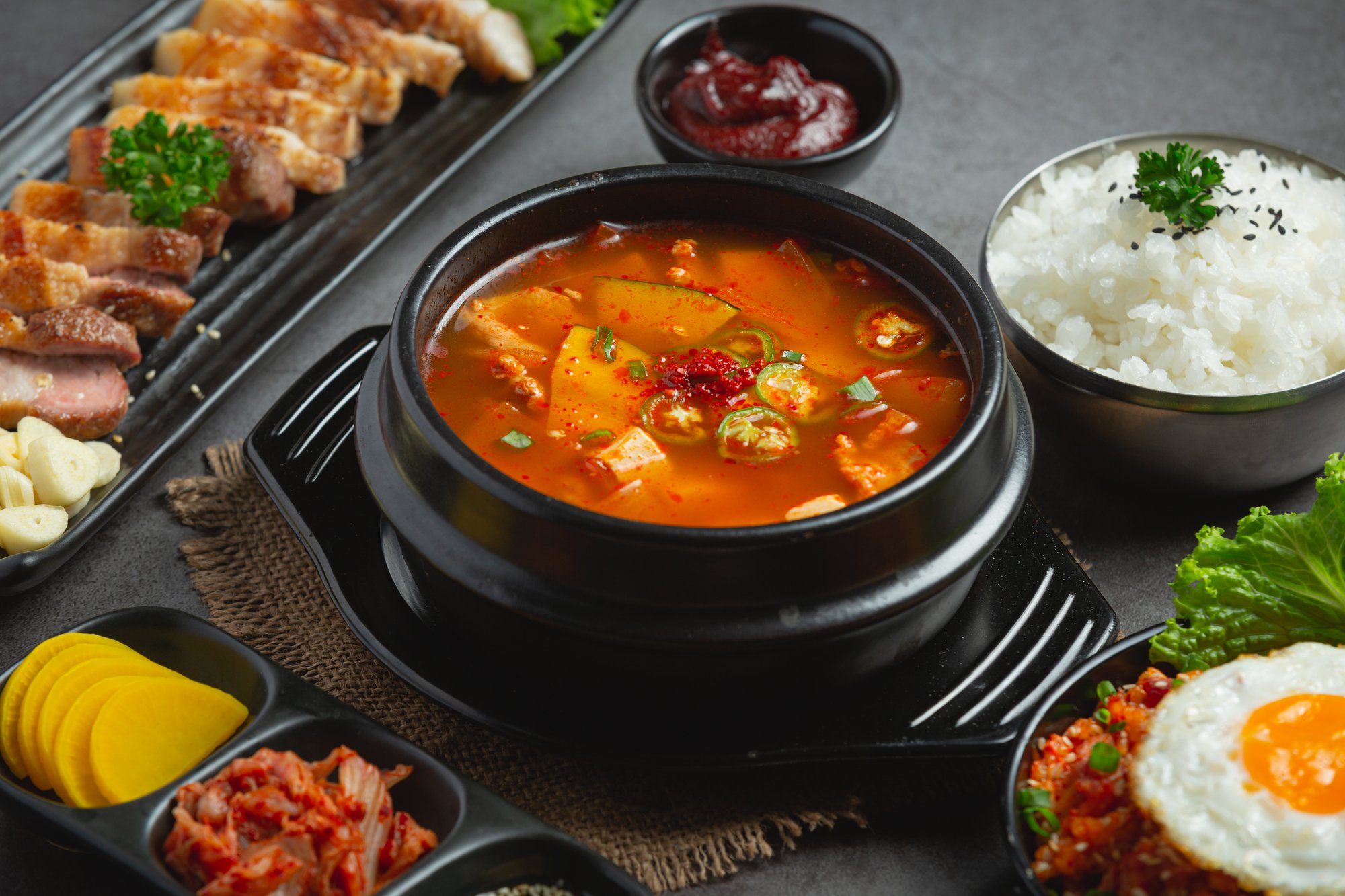
.svg)









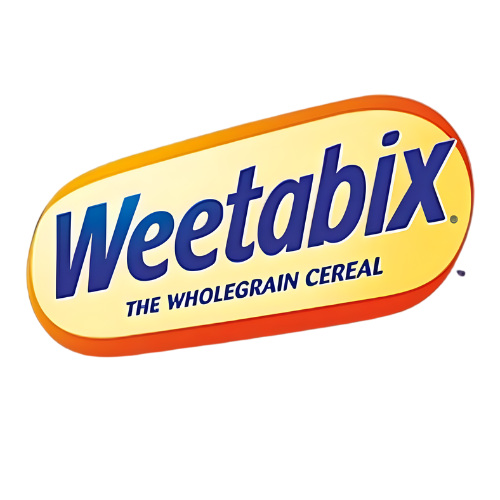









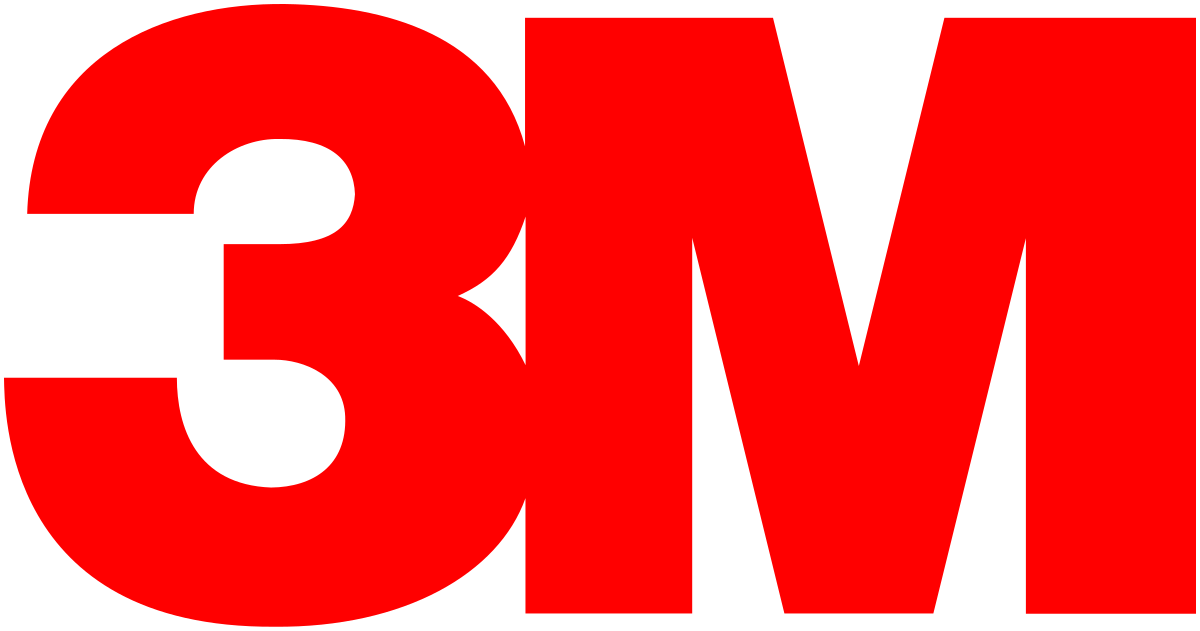



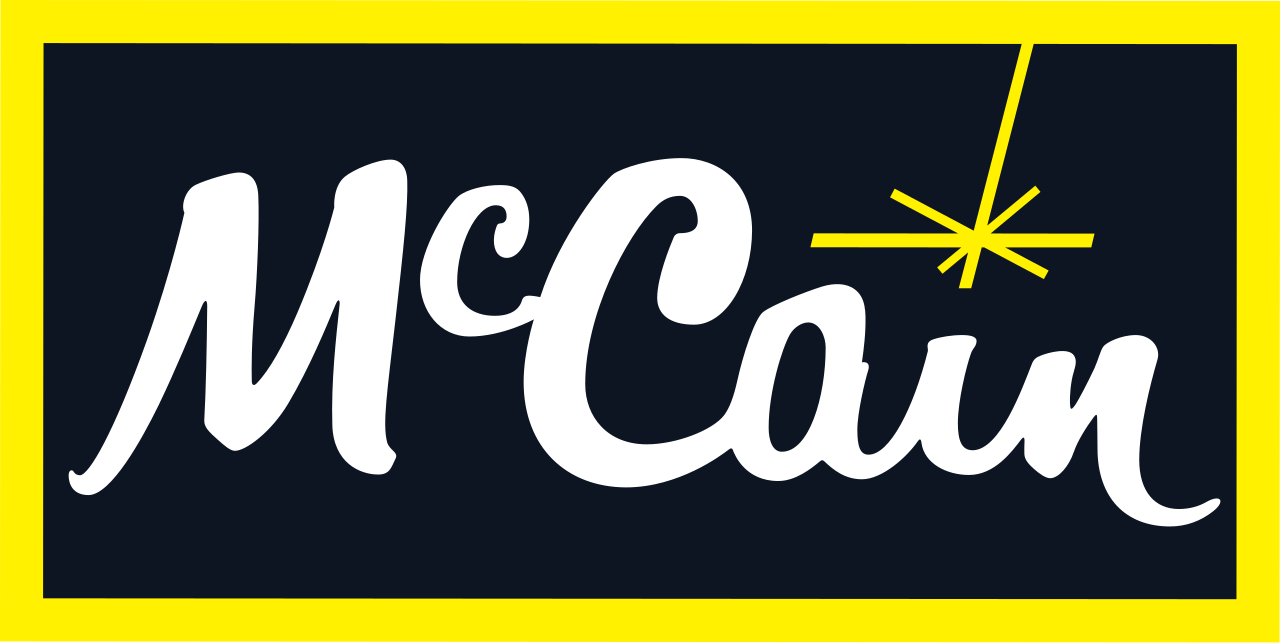



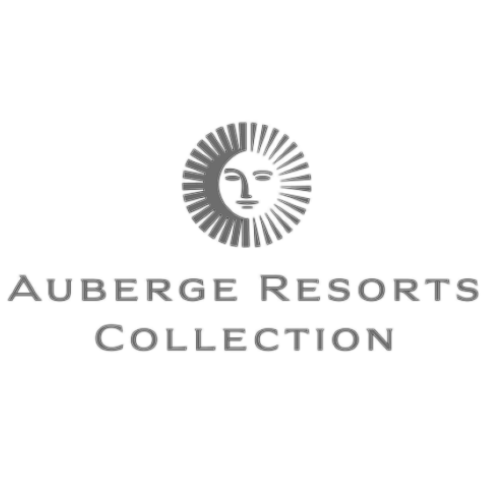

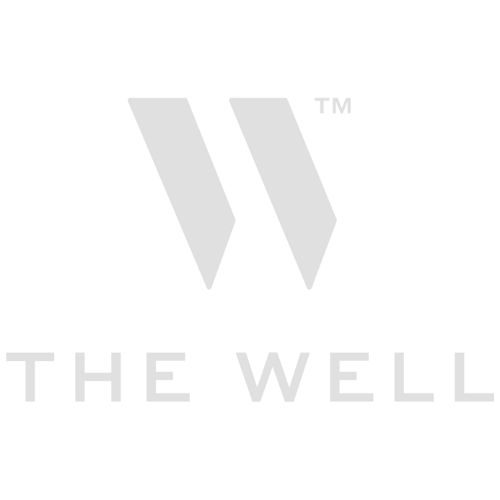








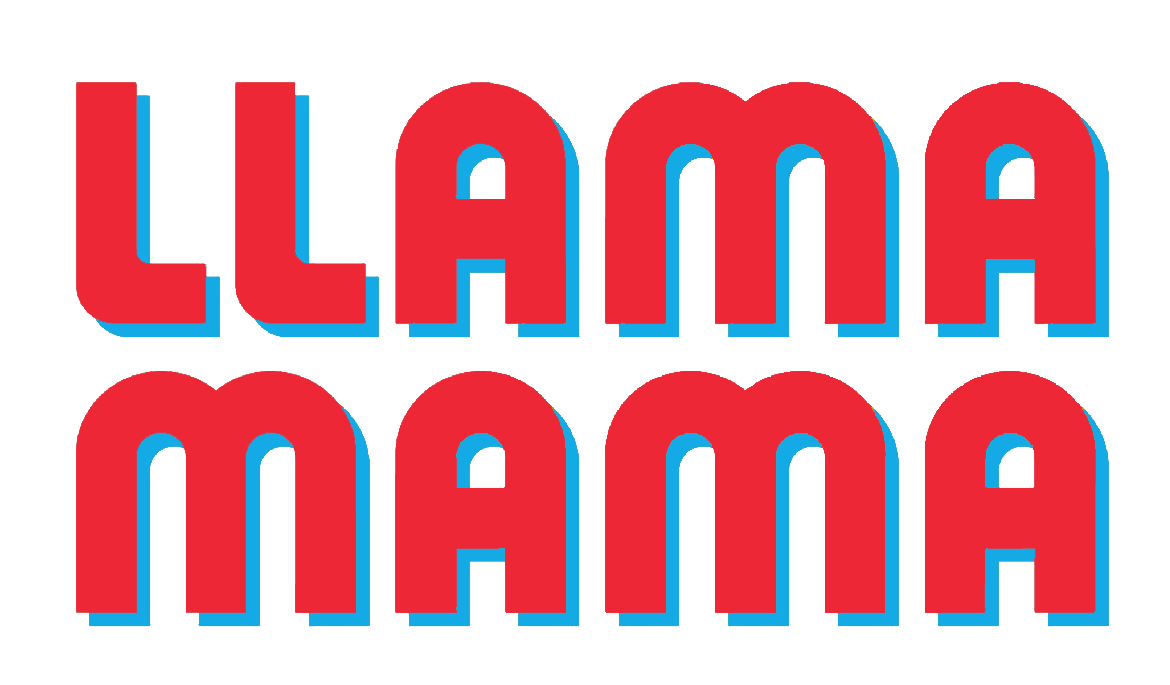







.png)







